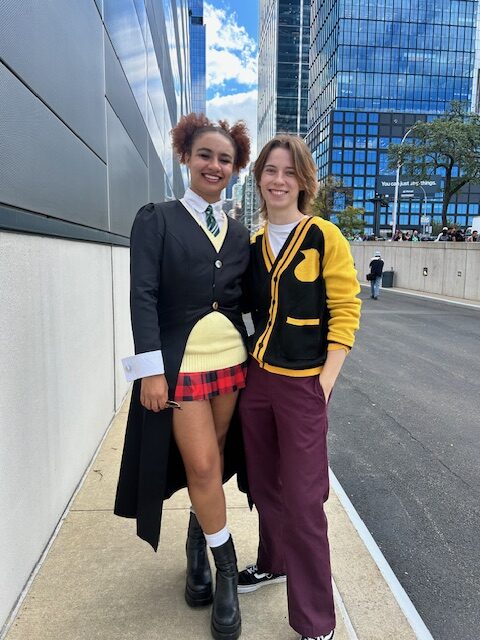Central Park was home to shoeshiners, farmers and churches two centuries ago.
The now-famous park is on land where neighborhoods like Seneca Village once stood. Seneca Village, a predominantly Black town, was located on about 40 acres of land between West 82nd and West 89th Streets at Central Park West. This year marks the 200th anniversary of the community forming in 1825.
“The legacy of Seneca Village is a story of family,” said Cynthia Copeland, a public historian who is president of the Institute for the Exploration of Seneca Village.
“It’s a story of community. It is the story of life and surviving and I just think there are so many lessons to be learned from the resiliency of this community,” she said.
The town had three churches, a spring and garden, about 50 homes and a school. The rocky and hilly land was largely undesirable to most people, Copeland said, but about 250 residents chose to live in Seneca Village to flee racial terror. They knew how to farm the inclement land and how to build houses to withstand New York winters, Copeland said.
When the neighborhood formed, slavery was still legal in New York state. But, free people in the state and along the East Coast moved their families and businesses to Seneca Village, Copeland said, adding that wealthy, land-owning white people sold some of their land by the parcel to Black people, who in turn sold fractions of their parcels to fellow African Americans.
The burgeoning community existed for just over 30 years. Then, New York City cited eminent domain to legally acquire their private land for public use. Seneca Village residents were compensated and had to move out by 1857. The first section of Central Park opened the following year. A total of about 1,600 people were displaced to create it.
Copeland said the compensation was not market rate.
“We were able to uncover documents that were filed in New York State Supreme Court that contested the amounts that were being offered to the property owners,” she said.
This history is memorialized with signs and a self-guided tour through the section of the park where Seneca Village was located.
Jeff Fisher, a park visitor reading one of the Seneca Village signs, said: “It’s really impressive what was here and the fact that these folks were self-sufficient in creating this community.”
“It’s very sad we don’t know so much about it and that they were shamelessly pushed out,” he added.
Copeland said she is in touch with descendants about what if any reparations they want. She said cash would be unlikely since technically residents received some compensation, but reparations could come in the form of scholarships, related history courses launching and commemorations.



